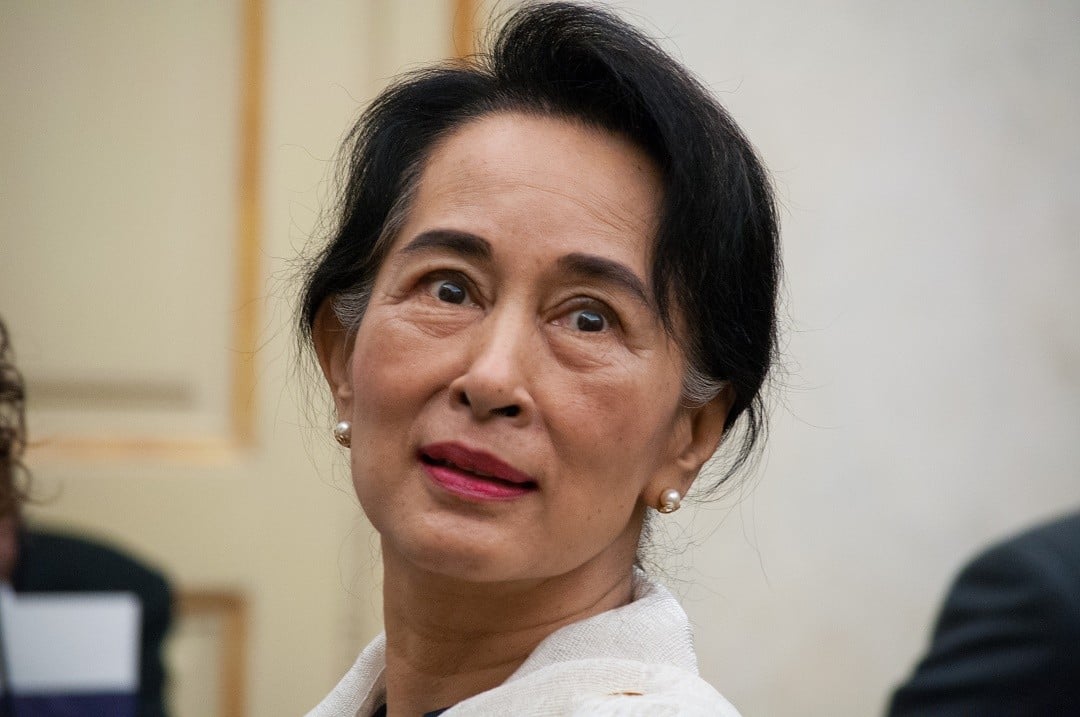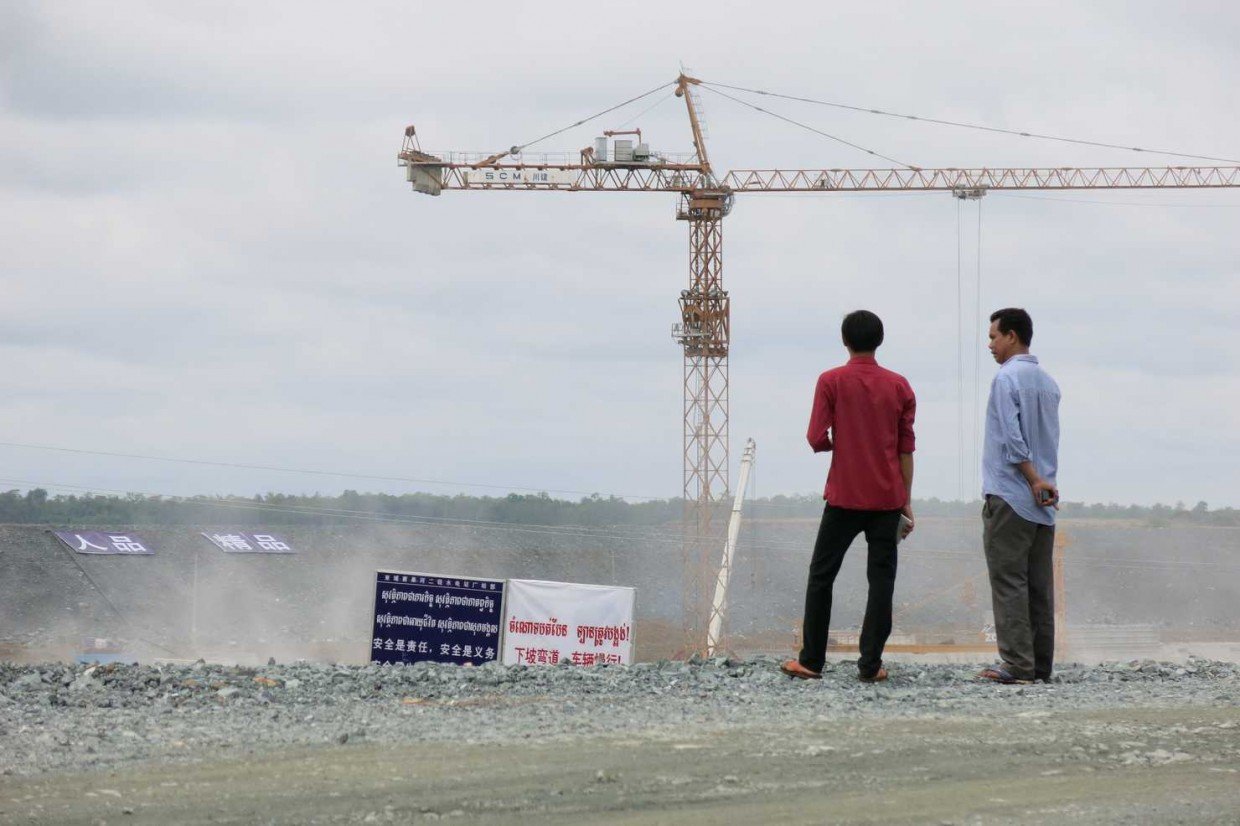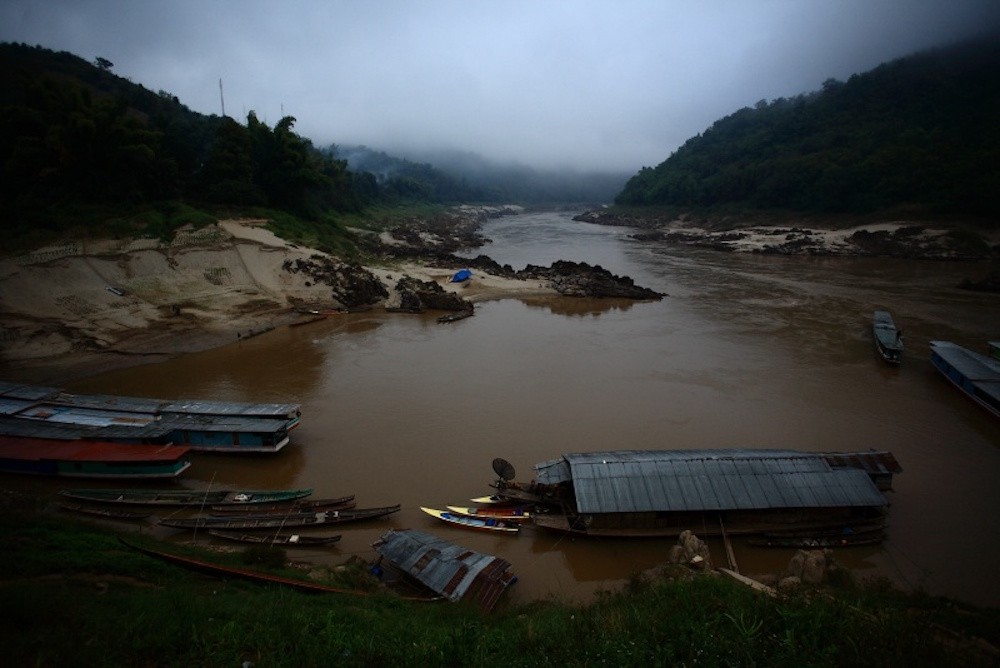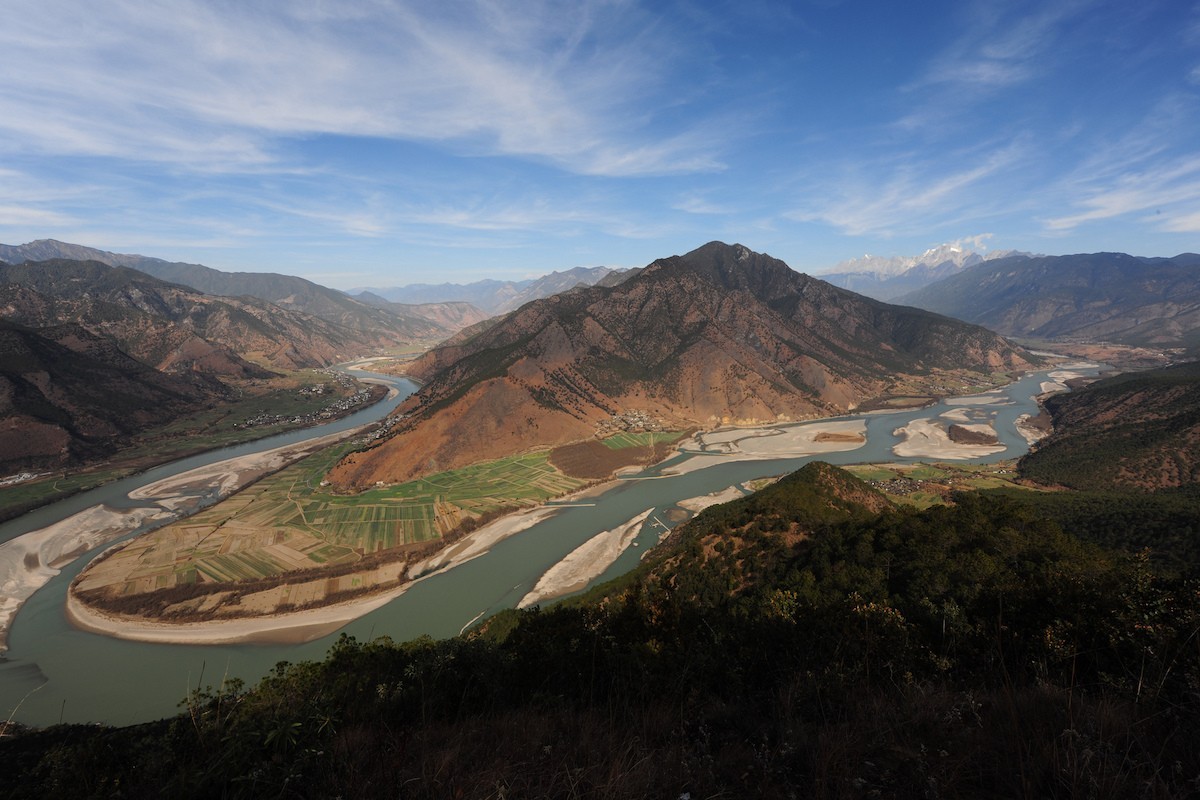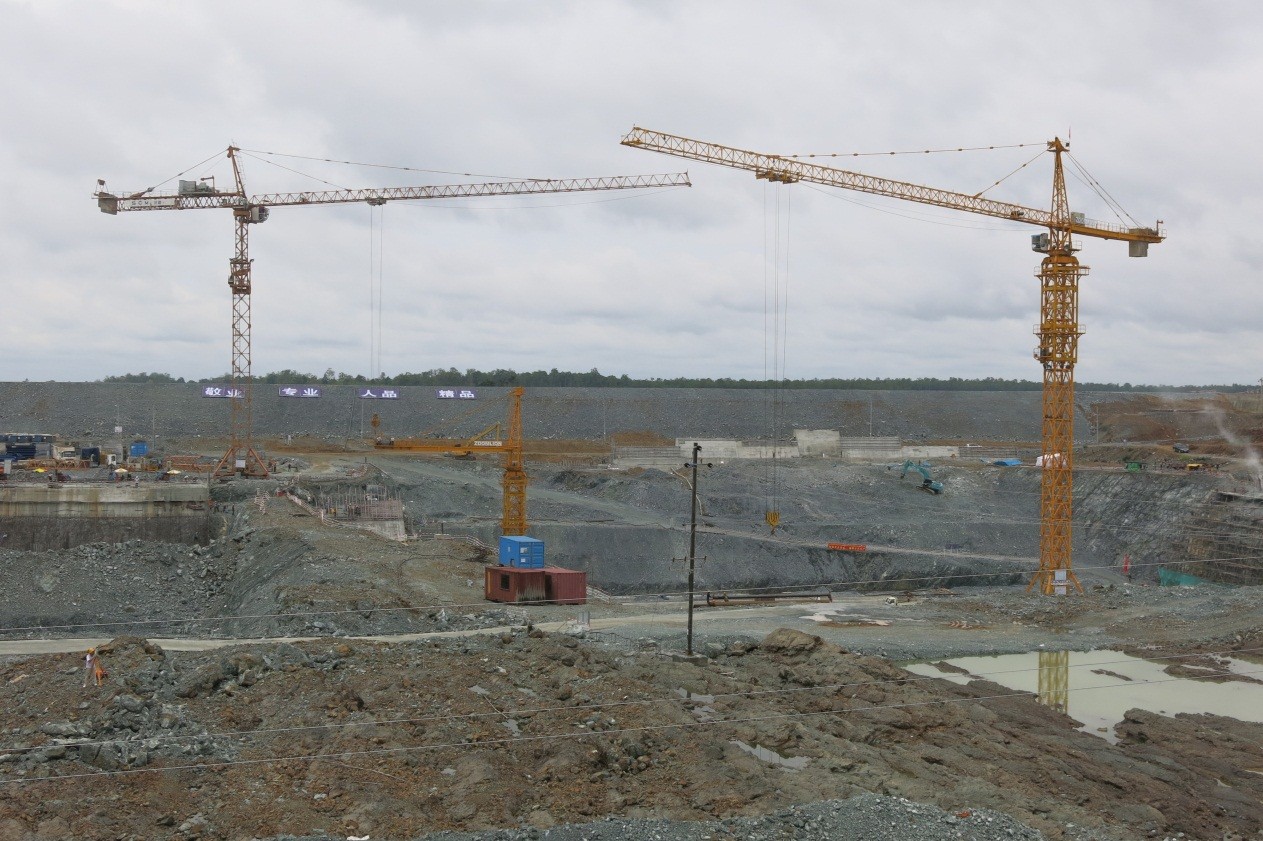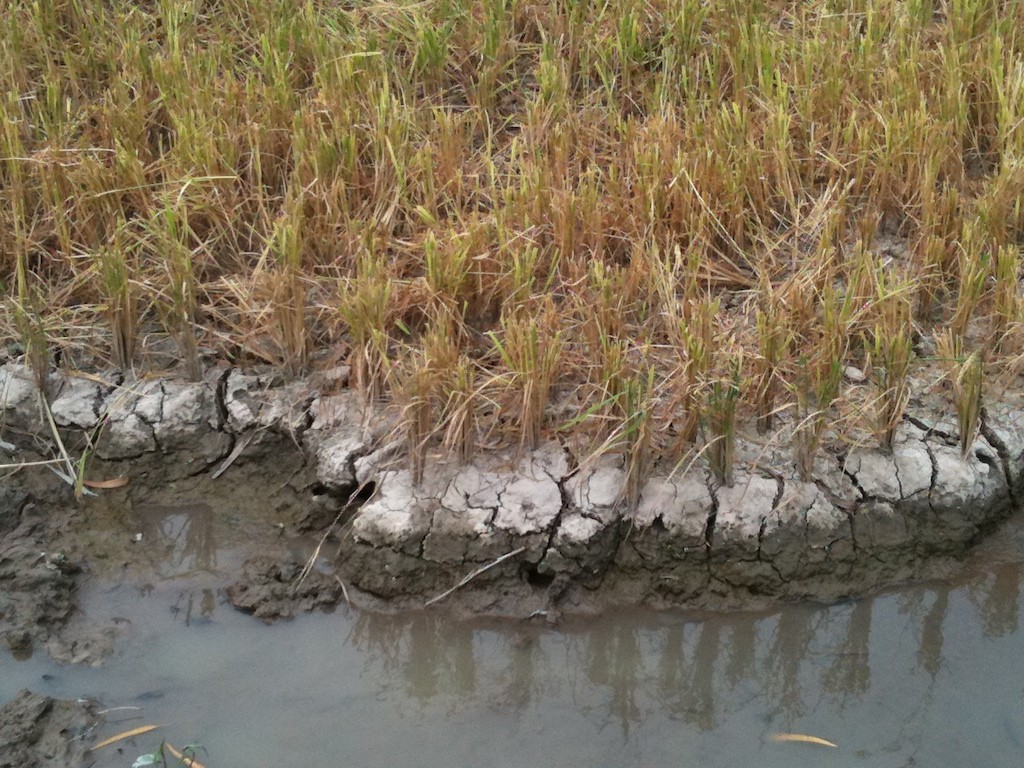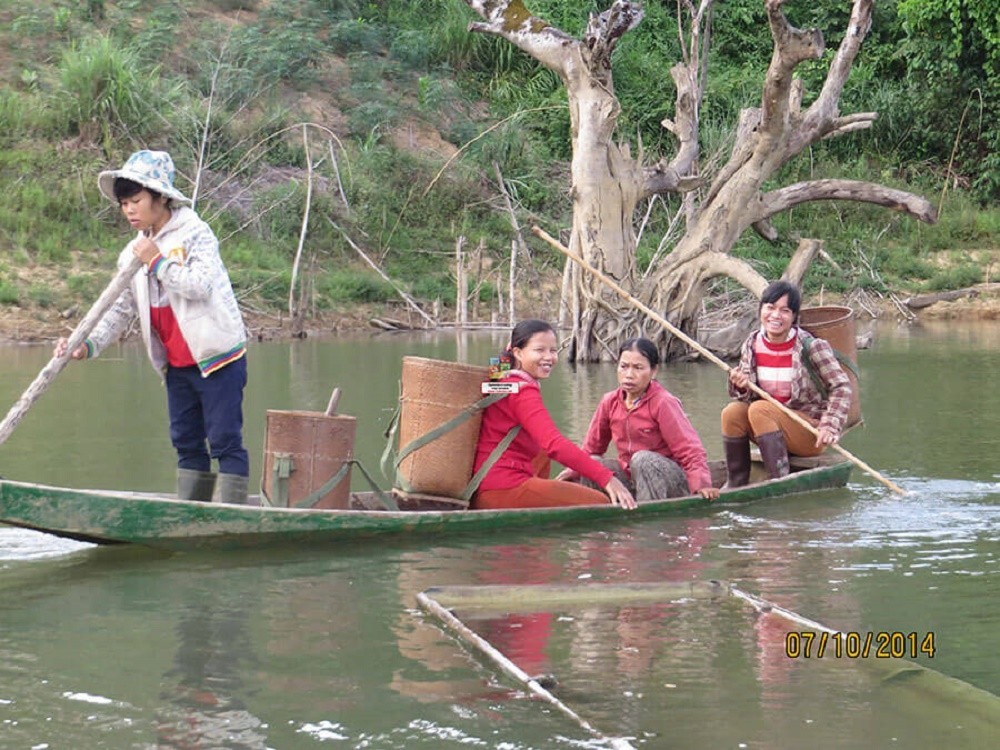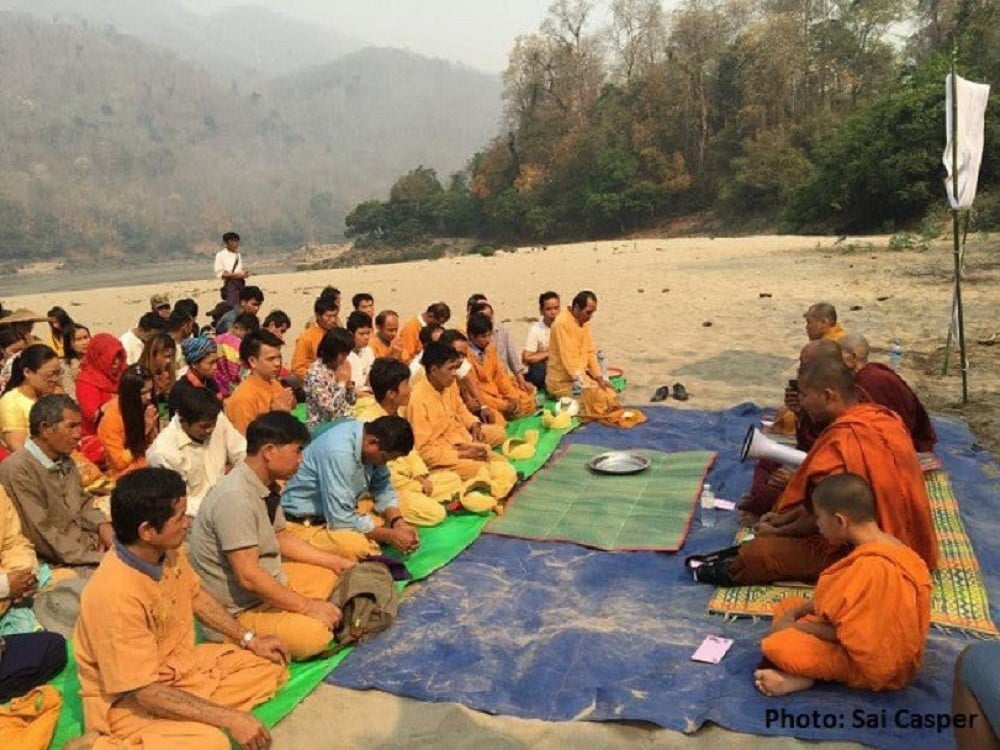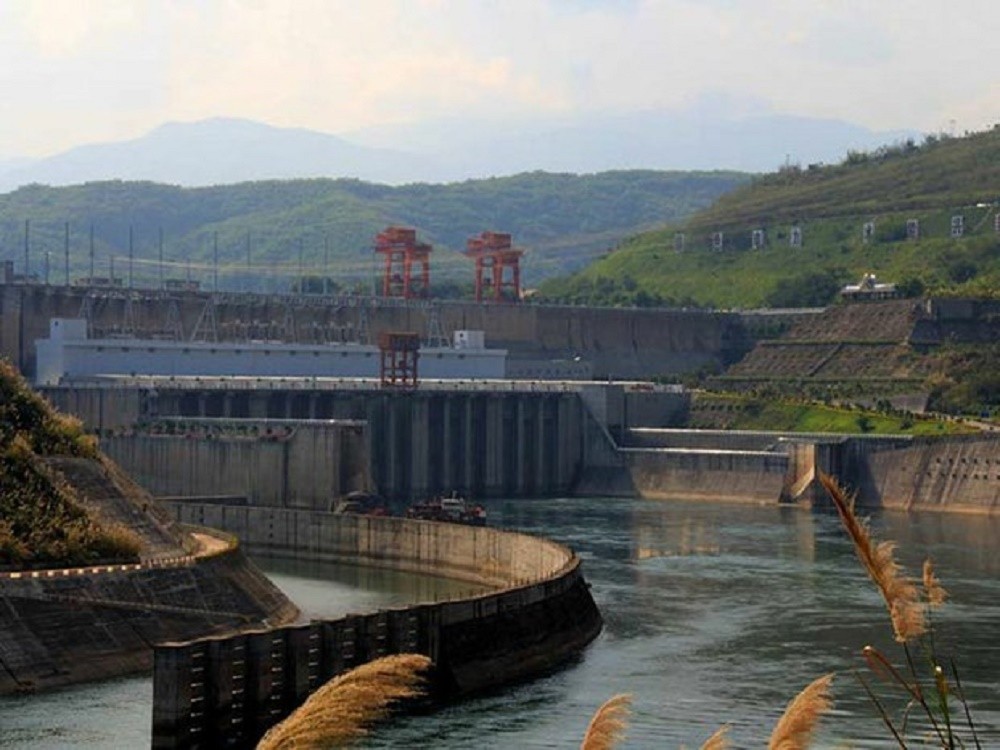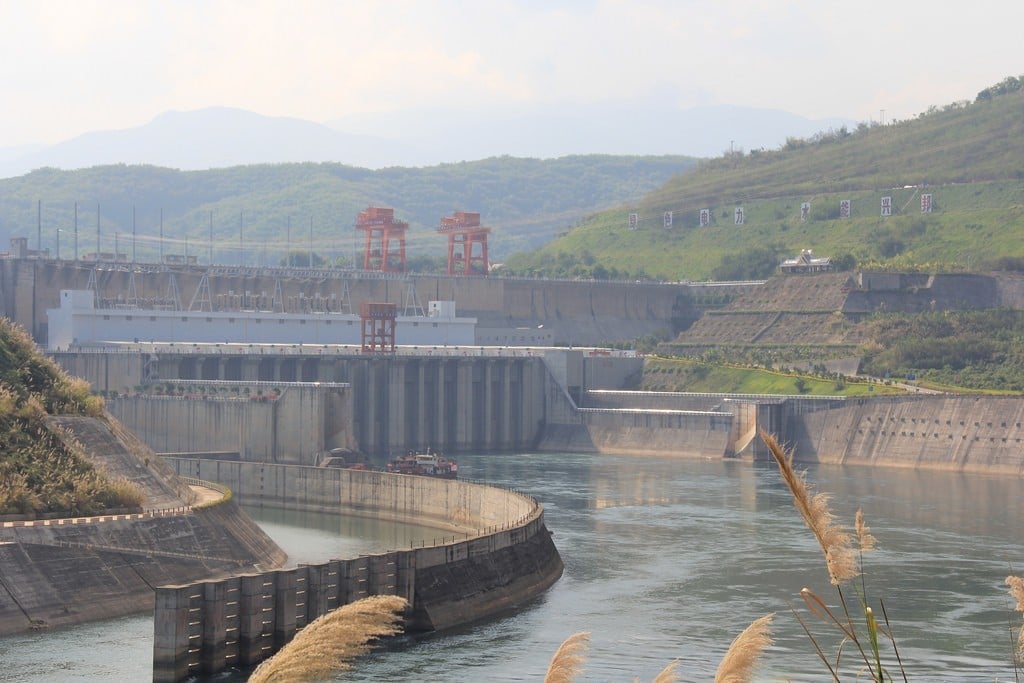Civil society organisations, in general steadfast supporters of the National League for Democracy and its leader, have not been idle in pressing their demands, many in critical areas combining overlapping aspects of her multiple ministerial posts.
Yesterday the NLD received an appeal by three prominent CSOs in Shan State calling for the immediate halt of construction work that has already begun on the controversial Upper Yeywa dam on the Myitnge (Namtu) River, as well as plans to build three others.


